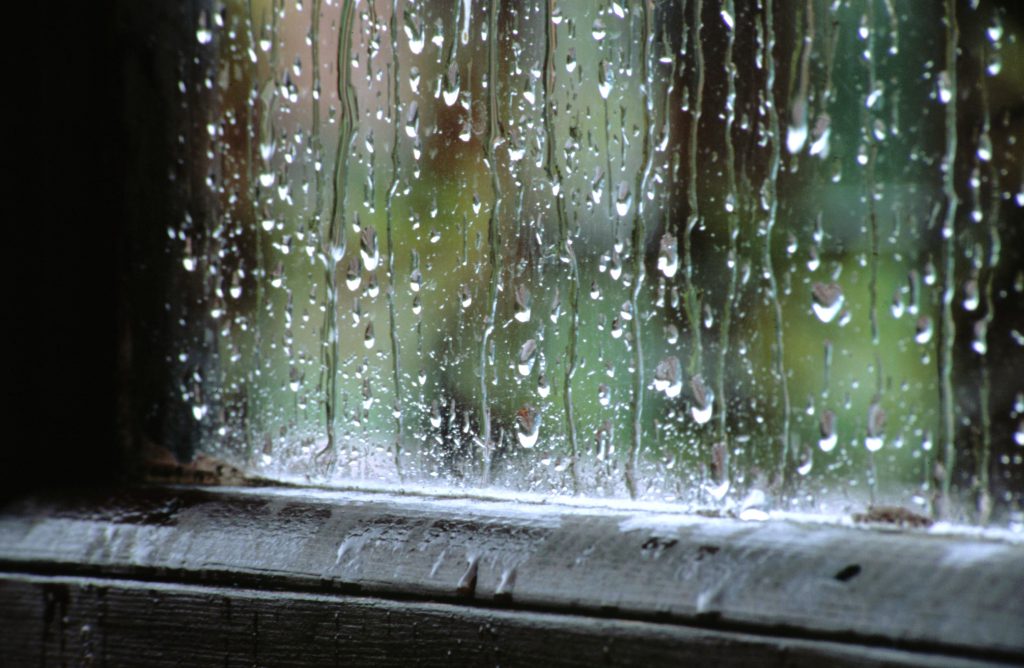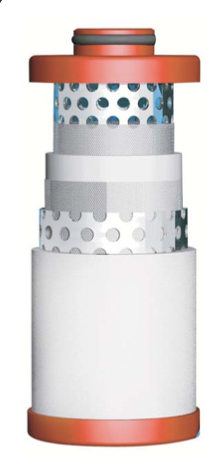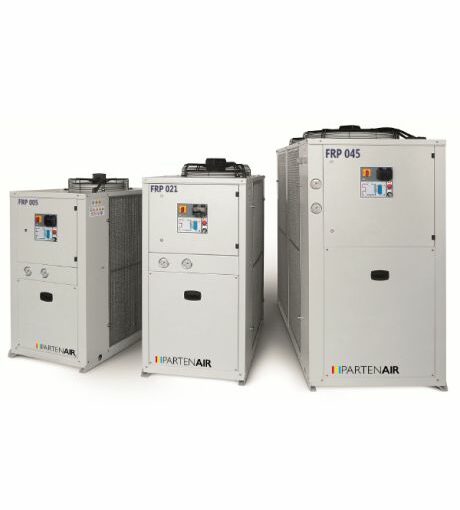It is not uncommon to be told by a customer "today it is raining, the compressed air is very humid" What credit can be given to this statement?

The meteorological data below were collected on June 25, 2008 in the morning.
- BREST: Humidity 82.4% - Temperature 16 ° C - Dew point: 13 ° C - (11.3 g / m3)
- STRASBOURG: Humidity 83.2% - Temperature 23 ° C - Dew point: 20 ° C - (17.1 g / m3)
- NICE: Humidity 36.8% - Temperature 27 ° C - Dew point: 11 ° C - (9.9 g / m3)
There are indeed significant differences in water vapor content per m3 of ambient air. A humid climate (current or recent rains) seems to be held in the north as opposed to a dry and hot climate in the south.
What about compressed air?
(Reminder: 1 m3 compressed at 7 relative bars requires 8 m3 of ambient air)
BREST : 8 x 11.3 g = 90.4 g / m3 of compressed air.
STRASBOURG : 8 x 17.1 g = 136.8 g / m3 of compressed air.
NICE : 8 x 9.9 g = 79.2 g / m3 of compressed air.
Of course, the proportions are respected.
What will happen next depending on the city where the compressor will be installed?
If we consider a compressed air discharge temperature of + 10 ° C compared to the ambient, the temperatures and saturating contents (100% hygrometry) of the compressed air will be respectively :
BREST : 26 ° C = 24.1 g / m3 of compressed air
STRASBOURG : 33 ° C = 35.3 g / m3 of compressed air
NICE : 37 ° C = 43.5 g / m3 of compressed air.
The proportions are no longer respected! Nice, with the highest discharge temperature, has the highest dew point at the compressor final refrigerant’s outlet.
If all the installations are equipped with a refrigeration dryer delivering a dew point of + 3 ° C, the residual content downstream of the dryer will be 5.9 g / m3, regardless of the air conditions ambient.
What values will be condensed by these installations?
BREST : (90.4 - 24.1) = 66 g in the compressor and (24.1 - 5.9) = 18 g in the dryer.
STRASBOURG : (136.8 -35.3) = 101 g in the compressor and (35.3 - 5.9) = 29 g in the dryer
NICE : (79.2 - 43.5) = 36 g in the compressor and (43.5 - 5.9) = 38 g in the dryer
Please note, these values are indicated per m3 of compressed air under 7 bars. The flow rate at the suction conditions should be divided by 8 before multiplying.
Example: for 350 m3 / h in Nice = (350/8) x (36 + 37.6) = 3320 g condensed per hour in total.
What can we learn from the above examples?
1) Despite the very low relative humidity, the Nice installation will have the highest pressure dew point at the compressor final refrigerant’s outlet.
2) Before drying, the compressed air is saturated (100% R.H.) in all installations.
3) The installation of a dryer in Nice will have to take into account the high temperatures.
To sum up, we can clearly see here - whether it rains or not - that the compressed air is always saturated with humidity and that the installation of a dryer is essential to obtain a dry network. The purges (on separators or filters) evacuate only liquids already condensed and have no influence on the saturation of the compressed air.


